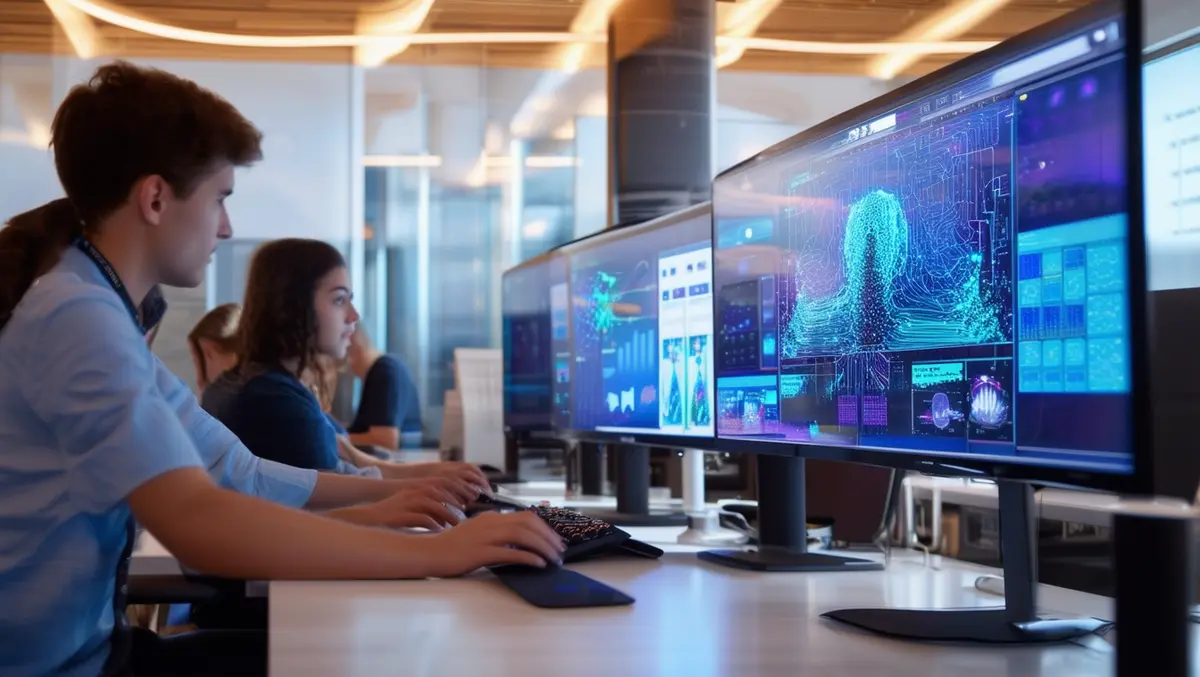
NVIDIA enhances AI education with GPU-accelerated curriculum
As STEM subjects transition to an AI-inclusive curriculum, students need support in adapting to the technological advancements that are becoming integral to education. NVIDIA's weekly AI Decoded blog delves into how AI has been transforming computing, particularly in STEM subjects. According to the blog, AI technology is making significant progress in fields such as data science, economics, architecture, and robotics.
To support this transformation, NVIDIA has collaborated with top universities to develop a GPU-accelerated AI curriculum. This curriculum is now taught in more than 5,000 schools globally. The aim is to prepare science, technology, engineering and mathematics students for the future job market by equipping them with the skills needed to navigate the increasingly AI-driven landscape.
The AI Decoded blog also discusses how various NVIDIA tools and platforms can aid STEM students in developing future-ready skills and accelerating their academic progress. Outside of traditional classroom environments, NVIDIA offers AI learning essentials, a collection of self-paced courses designed to provide learners with relevant knowledge and skills for the rapidly evolving career environment.
The RTX AI toolkit allows students interested in training some of the most popular AI models, such as Gemma, Llama 3, and Phi 3, to fine-tune models up to 30 times faster. This is particularly useful for those in computer science and data science who can accelerate and customise their research projects.
Additionally, students looking to create personalised GPT large-language models connected to their own content can use ChatRTX, a locally hosted app that functions as a personalised chatbot.
Traditional machine learning models also receive a significant boost through NVIDIA's RAPIDS AI and data science software libraries, which can run models up to 25 times faster than conventional methods. This benefits economics and data science students by enabling more efficient processing of large datasets and easier extraction of insights from data.
Robotics students also stand to gain from NVIDIA's technological advancements. The Isaac platform offers accelerated libraries, application frameworks, and AI models that simplify the development and testing of AI-powered robotics applications. This platform empowers students to create various AI-powered robots, including autonomous mobile robots, robotic arms, manipulators, and humanoids.
NVIDIA's AI Decoded blog provides further insights into how these tools and platforms support STEM students. The blog serves as a resource for those interested in the intersection of AI and education, highlighting the wide range of resources available to learn more about AI and its applications in various fields.


